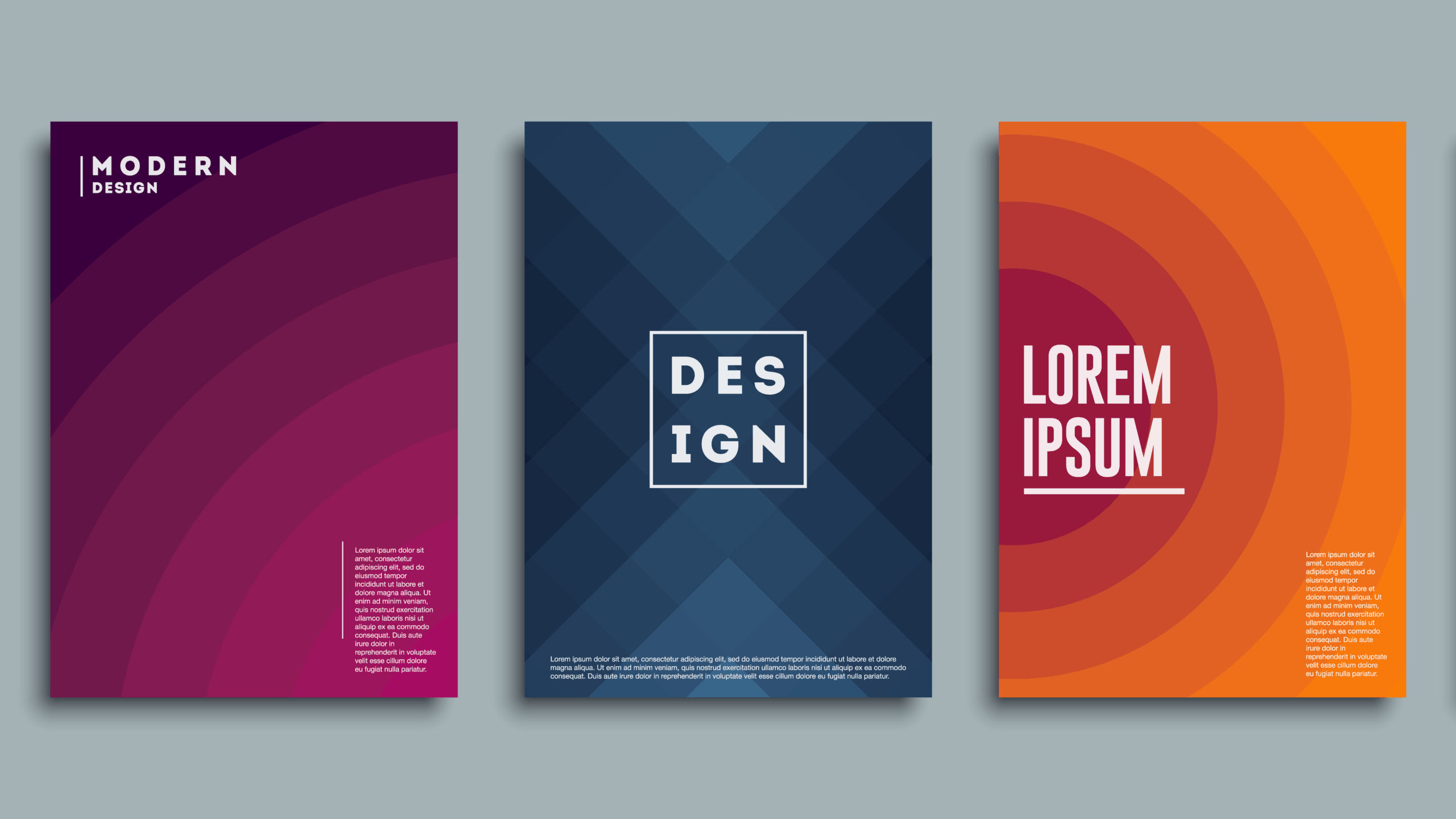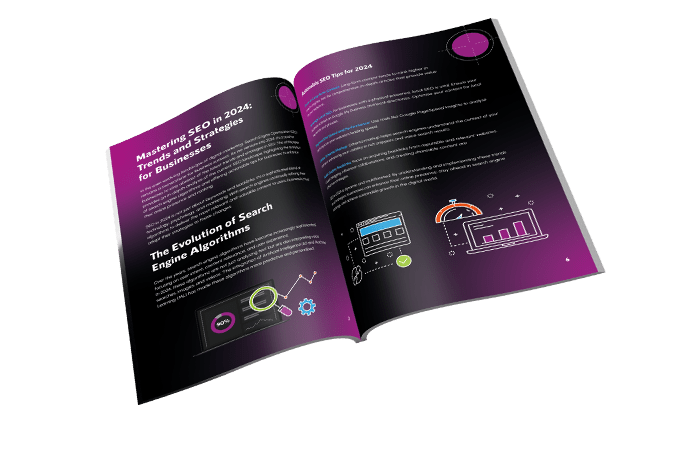News
The Importance of User Experience (UX) in Digital Marketing
In the ever-evolving world of digital marketing, it is essential to prioritize user experience (UX) above all else. UX refers to the overall experience a user has when interacting with a website or application. It includes the design, functionality, content, and usability of the platform. In today’s competitive digital landscape, businesses that prioritize UX can gain a significant advantage over their competitors. In this article, we’ll explore why UX is crucial in digital marketing and examine some compelling statistics.
Firstly, it’s essential to understand why UX matters so much in digital marketing. A website or application with a great UX can significantly impact the user’s perception of the brand. A positive experience can lead to increased engagement, loyalty, and brand advocacy. On the other hand, a poor UX can lead to user frustration, lost sales, and damage to the brand’s reputation. The user’s experience is, therefore, a critical factor in determining the success of any digital marketing campaign.
Now, let’s take a look at some of the statistics that highlight the importance of UX in digital marketing:
- A study conducted by Forrester Research found that a well-designed user interface could increase website conversion rates by up to 200%.
- A survey by Salesforce revealed that 84% of customers believe that the experience a company provides is as important as its products and services.
- According to Google, 53% of mobile users abandon sites that take longer than three seconds to load.
- A study by Kissmetrics found that 40% of users will abandon a website if it takes more than three seconds to load.
These statistics illustrate the significant impact that UX can have on the success of a digital marketing campaign. Businesses that invest in UX design and optimization can increase engagement, retention, and conversion rates.
So, how can businesses improve their UX to enhance their digital marketing efforts? Firstly, it’s essential to conduct user research to gain a deeper understanding of what users want and need from the website or application. This insight can inform the design, functionality, and content of the platform. Businesses should also prioritize responsive design to ensure that the platform is optimized for all devices and screen sizes. Additionally, optimizing loading times and minimizing the number of steps required to complete an action can significantly improve the user’s experience.
User experience (UX) plays a crucial role in digital marketing, as it helps businesses create a positive impression on their customers. Whether it’s designing a website, creating social media content, or developing an email marketing campaign, every touchpoint needs to be user-centric.
Here are some top tips for improving UX in digital marketing:
1. Understand your audience:
The first step in creating a great UX is understanding your target audience. Knowing their interests, preferences, and behaviors will help you design a personalized experience that meets their needs. You can use tools like Google Analytics, social media analytics, and customer feedback to gather insights about your audience.
2. Make it easy to navigate:
Navigation is an essential element of UX, as it helps users find what they’re looking for quickly and easily. Make sure your website, social media pages, and emails are easy to navigate by using clear labels, organizing content logically, and using a consistent layout. Test your navigation with real users to ensure that it meets their needs.
3. Use compelling visuals:
Visuals play a significant role in capturing users’ attention and making a lasting impression. Use high-quality images, videos, and infographics that are relevant to your content and add value to the user experience. Make sure your visuals are optimized for different devices and screen sizes.
4. Write clear and concise copy:
Your copy should be easy to read and understand, even for users who are unfamiliar with your industry or niche. Use plain language, avoid jargon, and break up long paragraphs into shorter sections. Use headings, subheadings, and bullet points to make your content scannable and digestible.
5. Optimize for mobile:
More than half of all website traffic comes from mobile devices, so it’s essential to optimize your digital marketing for mobile users. Use responsive design, which automatically adjusts the layout and content of your website to fit different screen sizes. Make sure your email campaigns are mobile-friendly, and your social media content looks great on mobile devices.
6. Offer personalization:
Personalization is a powerful tool for improving UX, as it helps users feel recognized and valued. Use data from previous interactions to personalize your emails, social media content, and website recommendations. You can also offer personalized discounts, recommendations, and content based on users’ interests and behavior.
7. Test and iterate:
Finally, the key to improving UX in digital marketing is to test and iterate. Use A/B testing to compare different versions of your website, emails, and social media content to see which performs best. Use customer feedback to identify areas for improvement and make iterative changes to your UX over time.
UX is a critical factor in digital marketing success. Businesses that prioritize UX design and optimization can gain a competitive advantage and improve engagement, retention, and conversion rates. The statistics highlight the impact that UX can have on the user’s perception of a brand and the importance of investing in UX design and optimization. By prioritizing UX in digital marketing efforts, businesses can enhance their overall performance and achieve long-term success.





The Ultimate Social Media Guide
With the ever-growing power of social media, we use the latest techniques, video, and animation software to craft eye-catching social media assets that make your brand pop. Our designers, wielding Adobe Creative tools, create distinctive animations and graphics to illuminate your brand story and highlight your products or services. Want a unique design? No problem – we also offer bespoke designs to match your brand aesthetic.